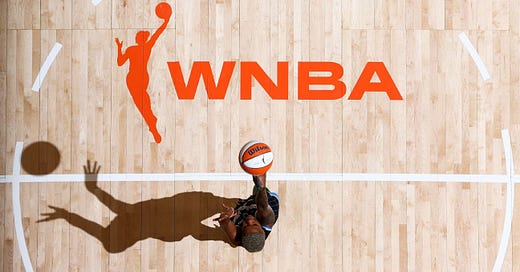The WNBPA has opted out of the WNBA collective bargaining agreement. Now What?
What do players stand to gain in a new labor battle with the WNBA? We break it down and what could be gained.
Less than 20 hours after the WNBA Champion was crowned, the Women’s National Basketball Player’s Association voted to exercise their opt-out in the league’s collective bargaining agreement. What comes next is a labor battle that will set the stage for the next phase of the league’s growth. So what does all that mean? Here’s a little explainer and some s…
Keep reading with a 7-day free trial
Subscribe to No Cap Space WBB to keep reading this post and get 7 days of free access to the full post archives.




